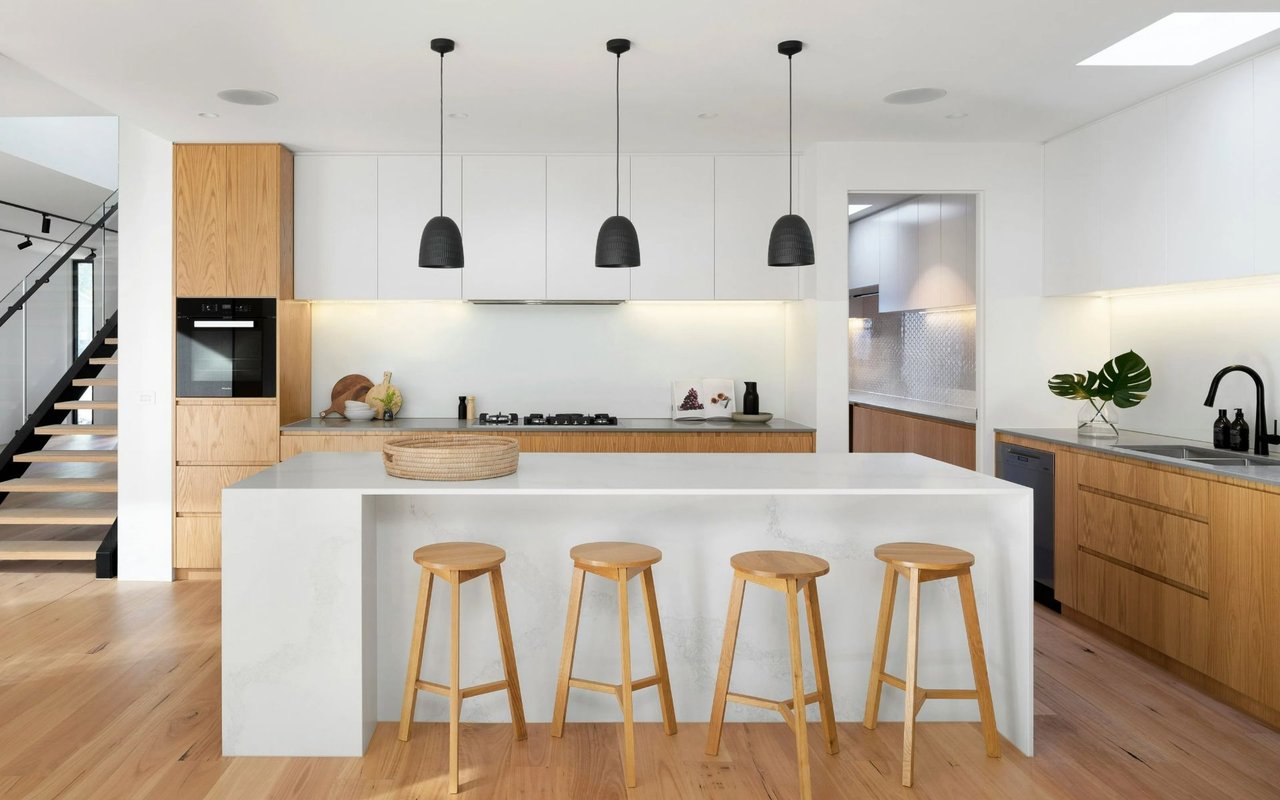What Should Residential Real Estate Buyers Look For When Touring a Home?
Buying a home is one of the most significant investments you’ll make, and knowing what to look for during a home tour is essential. If it’s a home you could be serious about, from the obvious to the not-so-obvious, here’s what you should pay attention to and why the “bones” of a house matter. Of course, an experienced real estate agent will be guiding you through the due diligence process, and a professional inspection is always advised to get professional feedback on what is easily and not so easily seen.
The Obvious Things
- General Layout and Flow: Does the layout suit your lifestyle? Pay attention to how rooms connect and whether the space feels functional for your needs.
- Curb Appeal and Exterior Condition: Check the roof, siding, landscaping, and driveway. A well-maintained exterior can indicate the home has been cared for overall.
- Interior Features: Inspect floors, walls, and ceilings for wear, stains, or cracks. These could signal cosmetic issues or deeper structural problems.
- Kitchen and Bathrooms: Assess the condition of appliances, cabinetry, countertops, and plumbing fixtures. These rooms are often the most expensive to renovate.
- Windows and Doors: Ensure they open and close properly and check for drafts or condensation, which could indicate poor insulation or leaks.
The Not-So-Obvious Things
- Plumbing and Water Issues: Look under sinks for leaks, check water pressure by turning on faucets, and inspect ceilings for water stains that could signal past or present leaks.
- Electrical Systems: Test light switches and outlets, and look for updated wiring or circuit panels. Outdated systems may require expensive upgrades.
- HVAC System: Find out the age of the heating and cooling systems and ask about their maintenance history. Replacing them can be costly.
- Basement and Attic: Look for dampness, mold, or pests in these spaces. They can indicate underlying issues like poor drainage or insulation.
- Neighborhood and Surroundings: Visit the home at different times of the day to gauge noise levels and traffic. Look at neighboring properties for signs of upkeep or neglect.
What Do the “Bones” of a House Mean?
The “bones” of a house refer to its fundamental structure and essential systems. This includes the foundation, framing, roof, plumbing, electrical, and HVAC systems. If a house has “good bones,” it means these critical elements are sound, even if cosmetic updates are needed. It can also refer to the placement of walls. Don’t assume any wall can be removed, as there may be support beams underneath. However, homes with solid bones are easier to renovate and improve, while poor bones can lead to costly repairs.
Final Thoughts
When touring a home, it’s essential to look beyond aesthetics and evaluate its overall condition and potential. Obvious features like layout and design are important, but the not-so-obvious elements, like plumbing and electrical systems, can reveal a lot about the home’s true value. Walls can always be painted and carpet can be removed or replaced, but a house with good bones is a smart investment, offering a solid foundation for your future.




